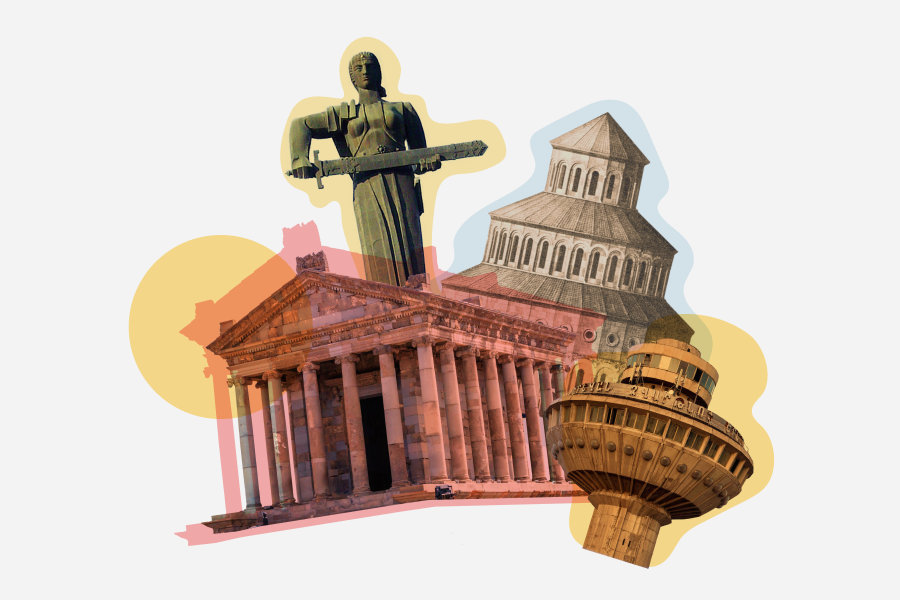
Education
Education in Armenia has been undergoing significant reforms, including in the higher education sector, over the past three decades. The Ministry of Education, Science, Culture, and Sport, along with various stakeholders, has been actively promoting sustainable educational approaches to improve access, quality, and equity in the national education system.
Armenia has a high literacy rate, with over 99% of the population being able to read and write. The government provides free education up to the secondary level, and it is compulsory for children between the ages of six and sixteen.
Armenia has signed international agreements such as the Lisbon Recognition Convention and the Bologna Process, which ensure standards and quality in higher education qualifications. As a result, Armenia has become a full member of the European Higher Education Area and is affiliated with organizations like the European University Association and the European Students’ Union. It is also an associate member of Horizon Europe.
The Armenian education system is centralized, with the Ministry of Education, Science, Culture, and Sport responsible for overseeing and regulating education at all levels. Traditional teaching methods are prevalent, with an emphasis on academic achievement and memorization.
The education system in Armenia comprises 12 years of general secondary education (primary, basic, and high school. Higher professional education in Armenia follows a two-level qualification system. Graduates receive a Bachelor’s degree at the first level and a Master’s degree at the second level. Higher education programs can be delivered through various forms of instruction, including on-site education, off-site education and distance learning․
Higher and postgraduate professional education institutions in Armenia include universities, institutes, academies, conservatories, and others. These institutions play a crucial role in providing advanced education and research opportunities.
Education has always held great importance in Armenia and been highly valued in Armenian society. Today the government has implemented significant measures to enhance its quality and accessibility nationwide. The educational landscape in Armenia includes a variety of schools, such as international schools, licensed schools offering the IB Diploma, and numerous private and public institutions.
Armenia boasts a considerable number of universities and higher education establishments, both public and private. Prominent public universities include Yerevan State University, Yerevan State Linguistic University, Yerevan State Medical University, The American University of Armenia, and the State Engineering University of Armenia. Many of these universities offer programs taught in English.
Currently, there are 26 state universities (including 4 international universities) and 33 licensed private higher educational institutions operating in the Republic of Armenia. The scientific and educational fields most prevalent in Armenia encompass physics, mathematics, chemistry, microbiology, engineering, medicine, information technologies, Armenian studies, and more.
Armenia is a small country situated in the South Caucasus region of Eurasia with a rich and ancient history that stretches back thousands of years. The culture of Armenia is distinct and unique, featuring a language, religion, cuisine, music and dance, art and architecture, festivals and celebrations, and literature that are particular to Armenia.
The Armenian language is a defining characteristic of Armenian culture and is an Indo-European language that has its own alphabet, which was developed in the 5th century CE. The cuisine of Armenia is also an essential part of its culture, known for its flavorful dishes and numerous vegetarian options. Music and dance are also significant components of Armenian culture, with traditional Armenian music featuring the duduk, a double-reed woodwind instrument, and lively, colorful folk dances often accompanied by music. Armenian culture encompasses a wide range of artistic expression, and its unique cultural heritage is a source of pride for its people.
Armenia is an ancient country located in the Western Asia, in the north-eastern part of the Armenian plateau. The first Armenian state of Urartu was established in 860 BC. In the 1st century BC, it became the first state in the world to officially adopt Christianity as its religion․ The Armenian plateau spans approximately 360,000 square kilometers, with Mount Ararat located at its center and Mount Aragats being the highest peak of the current Armenian Republic.
Armenia is often referred to as an open-air museum due to its abundance of historical monuments, including over 4,000 sites dating back to different periods of the country’s history, from prehistoric times to the present day. Armenian churches and monasteries feature unique architectural styles and intricate stone carvings, such as the Geghard Monastery, a UNESCO World Heritage Site dating back to the 4th century, Tatev Monastery, an example of medieval Armenian architecture․
Armenia has many opportunities in various sectors, including a thriving tech industry and a growing number of startups that provide opportunities for entrepreneurs, developers, and innovators. The country’s strong educational system and rich scientific heritage offer opportunities for collaboration in academic research, knowledge transfer, and partnerships with local universities and research institutions. Additionally, there are programs and institutions providing fully-funded scholarships, fellowships, travel grants, and financial aid for international students, researchers, and professors. With its diverse offerings and growing opportunities, Armenia has something for everyone to explore and discover.






